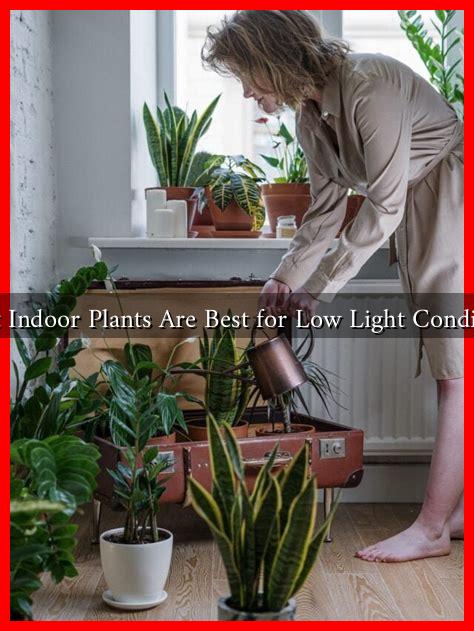-
Table of Contents
What Indoor Plants Are Best for Low Light Conditions
Indoor plants have become increasingly popular as people seek to bring a touch of nature into their homes. However, not all homes are blessed with abundant natural light. Fortunately, there are several indoor plants that thrive in low light conditions, making them perfect for dimly lit spaces. This article explores the best indoor plants for low light, their care requirements, and the benefits they offer.
Understanding Low Light Conditions
Before diving into specific plant recommendations, it’s essential to understand what constitutes low light. Low light conditions typically refer to areas that receive indirect sunlight or are located far from windows. According to the University of Vermont, low light is defined as spaces that receive less than 100 foot-candles of light, which is equivalent to the light produced by a single 100-watt bulb at a distance of 10 feet.
Top Indoor Plants for Low Light
Here are some of the best indoor plants that can thrive in low light conditions:
- Snake Plant (Sansevieria trifasciata): Known for its striking upright leaves, the snake plant is nearly indestructible. It can tolerate neglect and low light, making it an ideal choice for beginners.
- Pothos (Epipremnum aureum): This trailing vine is famous for its heart-shaped leaves and adaptability. Pothos can grow in a variety of lighting conditions, including low light, and is also known for its air-purifying qualities.
- ZZ Plant (Zamioculcas zamiifolia): The ZZ plant is a favorite among indoor gardeners due to its glossy leaves and ability to thrive in low light. It requires minimal watering and can survive in neglectful conditions.
- Peace Lily (Spathiphyllum spp.): With its elegant white blooms, the peace lily is not only beautiful but also effective at filtering indoor air pollutants. It prefers low to medium light and can tolerate occasional overwatering.
- Cast Iron Plant (Aspidistra elatior): True to its name, the cast iron plant is incredibly resilient. It can survive in low light, drought, and even neglect, making it perfect for busy households.
Benefits of Low Light Indoor Plants
Incorporating low light indoor plants into your home offers numerous benefits:
- Improved Air Quality: Many low light plants, such as the peace lily and pothos, are known for their air-purifying properties, helping to remove toxins from the air.
- Enhanced Aesthetics: Indoor plants add a touch of greenery and life to any space, making it more inviting and visually appealing.
- Stress Reduction: Studies have shown that being around plants can reduce stress and improve overall well-being. A 2015 study published in the Journal of Physiological Anthropology found that interacting with indoor plants can lower blood pressure and improve mood.
- Increased Humidity: Plants release moisture into the air through a process called transpiration, which can help increase humidity levels in dry indoor environments.
Care Tips for Low Light Plants
While low light plants are generally easier to care for, they still require some attention. Here are a few care tips:
- Watering: Overwatering is a common mistake. Allow the top inch of soil to dry out before watering again.
- Fertilizing: Use a balanced, water-soluble fertilizer during the growing season (spring and summer) to promote healthy growth.
- Cleaning Leaves: Dust can accumulate on leaves, blocking sunlight. Wipe leaves with a damp cloth regularly to keep them clean.
Conclusion
Indoor plants that thrive in low light conditions are an excellent choice for anyone looking to enhance their living space without the need for bright sunlight. From the resilient snake plant to the elegant peace lily, these plants not only beautify your home but also contribute to better air quality and overall well-being. By understanding their care requirements and benefits, you can create a lush, green sanctuary in even the dimmest corners of your home. For more information on indoor plants and their care, consider visiting resources like the House Plants Expert.

